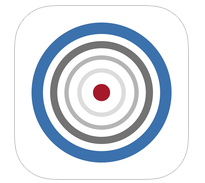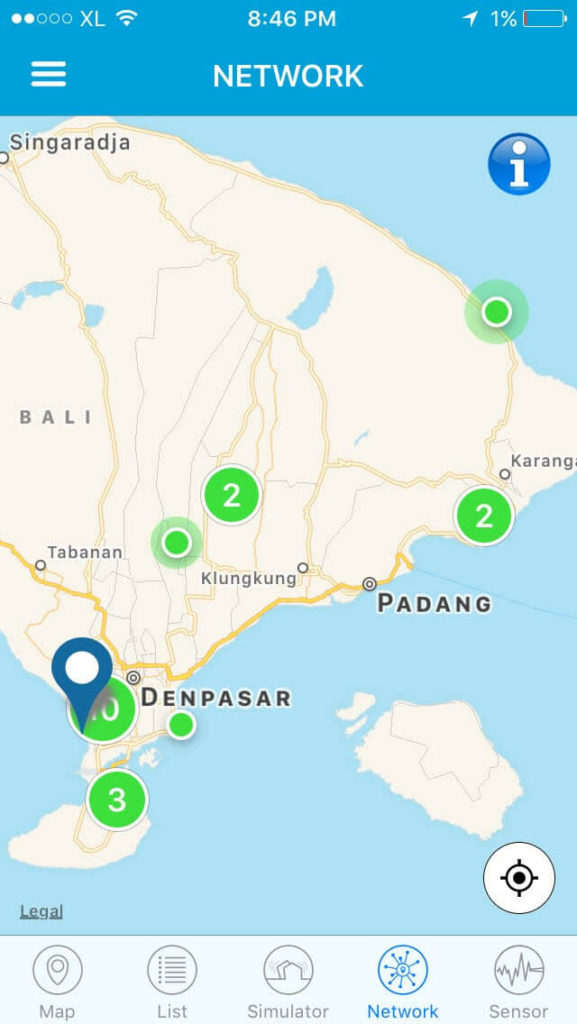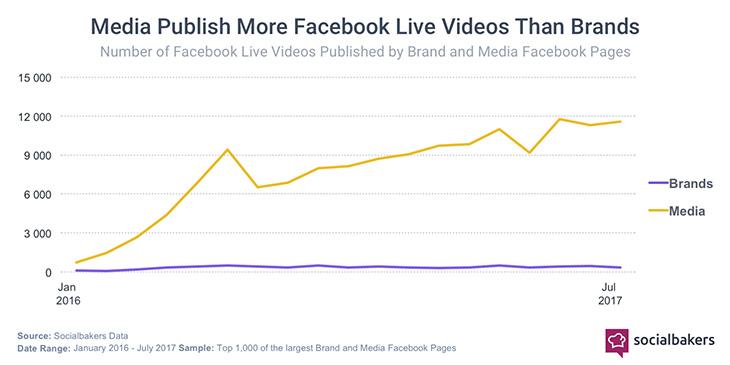 Sept. 2017, Bali, Indonesia: Mt. Agung Eruption
Sept. 2017, Bali, Indonesia: Mt. Agung Eruption
So I’m sitting within 50 miles (~80 kilometers) of Mount Agung, a volcano that’s about to erupt, probably, on the island of Bali, Indonesia in the Indian Ocean. How’s your day going?
They’ve evacuated thousands of people living within a radius of roughly 6 miles (10 km) of Mt. Agung to shelters elsewhere in Bali.
Most of the people living in the area are farmers, just getting by. They’re already experiencing a lot of anguish over having to leave their animals behind, and some apparently refuse to go. It’s sad.
Other volcanoes in Java and Sumatra have erupted in recent years and these eruptions sometimes displace people for many weeks. It’s impossible to know what’s going to happen here.
The last time Mt. Agung erupted was 1963. Over 1000 people were killed by that eruption, but in theory our monitoring today is good enough that we should be able to give everyone at least a chance to leave.
Today I was pointed to an amazing free app for iOS that could make people a little safer if the earth starts shaking, as happens during volcanic eruptions, and as is already happening in much of Bali.
The app is eQuake, for iOS and for Android. From the App store:
…uses a network of seismic sensors to detect earthquakes. When an earthquake occurs, the Zizmos servers send the user an early-warning notification that alerts the user of expected shaking in the area. The ability to detect earthquakes and provide alerts is dependent on the number of sensors in the Zizmos network.
Another feature of eQuake® is its capability to use your phone as a sensor which contributes to the Zizmos earthquake warning system improving the coverage of seismic detection. The sensor mode only works when the device is charging and connected to a Wi-Fi network.
Here are the current sensors in Bali. My phone should be one of them now, and for this I’m definitely OK with turning on my location. (Where’s my charger?)

The early warning notifications come in the form of an audio human voice countdown of the seconds until the ground at your location will start shaking.
Assuming it works as advertised, this is huge. I know from plenty of experience in California and Indonesia how hard it can be to get outside as fast as you’d like during an earthquake.
According to Wikipedia, re. seismic waves:
Velocity tends to increase with depth and ranges from approximately 2 to 8 km/s in the Earth’s crust, up to 13 km/s in the deep mantle.
Living as we do here in Bali on the 3rd floor of a 5-story building, even 10 or 15 seconds could be the difference between whether we can get to the ground floor before a possible building collapse, or not. For a shallow earthquake say 80 kms away, 10 to 40 seconds warning is a lot better than being woken up by shaking, as we have been many times.
For people who live in earthquake-prone parts of the world, I see no downside in installing the free eQuake app.
